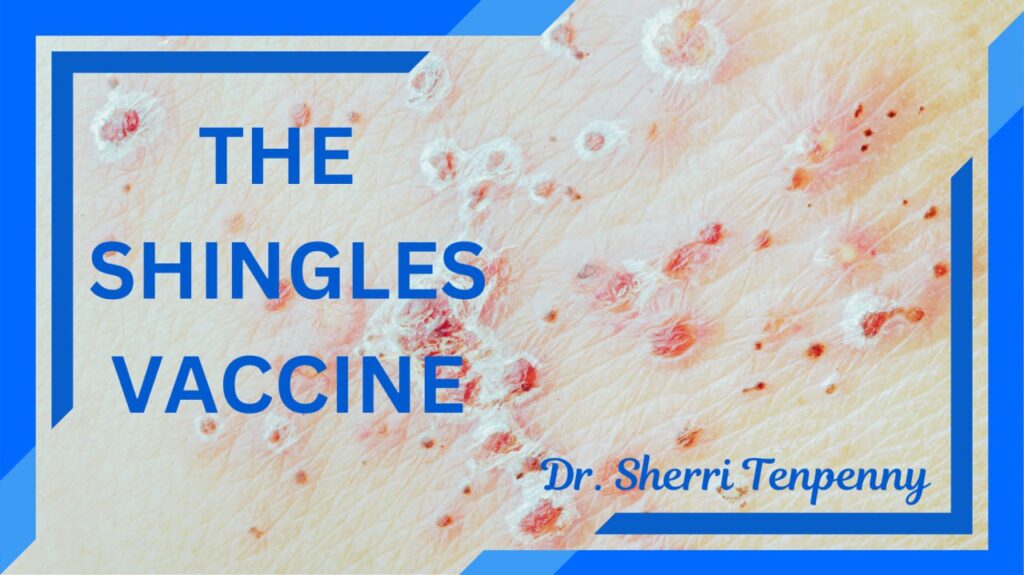The Shingles Vaccines
The Illness
Humans are the only known host for the herpes varicella-zoster virus (VZV) that causes chickenpox. A very benign infection in the vast majority of children, chickenpox used to be called a “rite of passage” disease, with most kids contracting the infection between the ages of 8 and 12. Recovery left behind lifetime immunity and in little girls, antibodies to be passed to their infants through breast milk later on life.
Historically, shingles was mostly diagnosed in those who were elderly, immunocompromised, had insulin-dependent diabetes or were taking drugs such as steroids, chemotherapy or biologics. After the widespread use of the chickenpox vaccine, which was first introduced in 1995, very little wild varicella virus remains in circulation. Without re-exposure, the dormant chickenpox virus can reactivate in adults, leading to the painful rash referred to as herpes zoster (HZ) or shingles. The zoster rash is typically unilateral, does not cross the midline and follows a distribution along a dermatome, an area of the skin supplied by nerves from a single spinal root. The painful rash usually lasts 7-10 days but can last 3 to 4 weeks, or more.
For full explanation about Shingles – what it is and the potential for side effects, let’s review that data – it speaks for itself!


